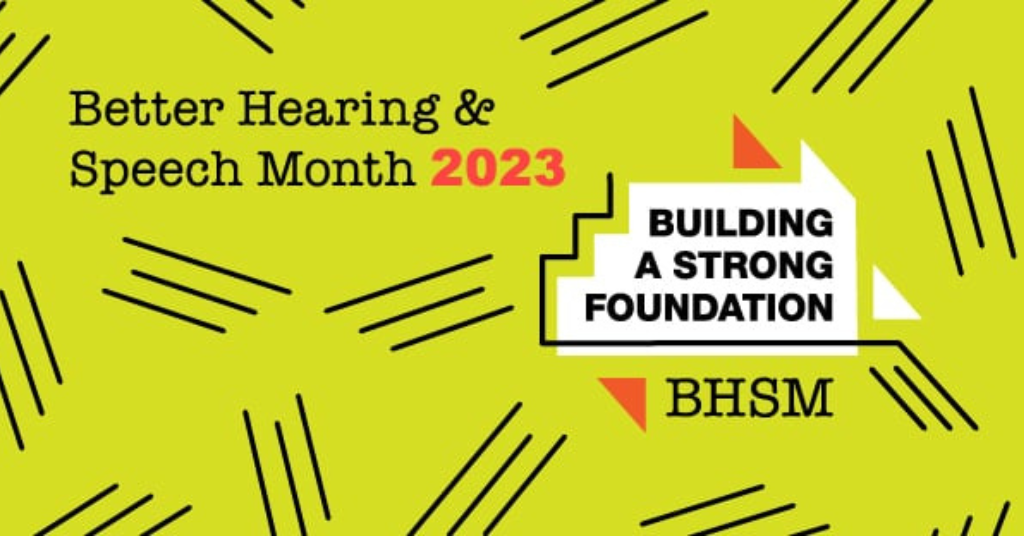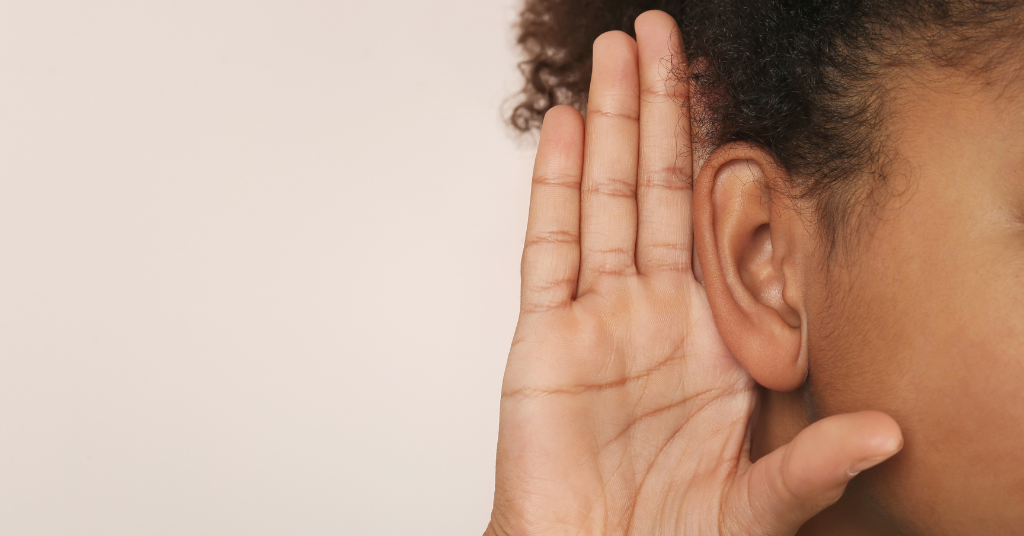
TikTok, Instagram now have auto captions
April 9, 2021
Google Chrome adds live captions in push for accessibility
April 14, 2021Sign languages around the world

Some people are surprised to learn that there is more than one sign language. In actuality, there are more than 300 distinct sign languages, not even counting dialects.
Here is a look at some sign languages around the world.
What is a Sign Language?
A sign language is a system of communication using gestures, facial expressions, and body language to convey meaning. Each sign language has its own lexicon, grammar and syntax. Each is as rich and varied as spoken languages.
American Sign Language (ASL) is the most widely-used sign language around the world. Signers are spread across the USA and Canada, as well as parts of Mexico, Africa, and Asia. It developed when French Sign Language (FSL) was brought over to the USA in 1817 by Thomas Gallaudet and Laurent Clerc. There, it mixed with local indigenous languages to create what is now called ASL.
Read more: How to learn (ASL) sign language
Imagine languages connected like a family tree. ASL is a younger relative of FSL. It is not related to spoken English at all. Other English speaking countries use sign languages from a different linguistic tree.
In Great Britain, signers usually use British Sign Language (BSL). BSL is part of the BANZSL tree, which also connects Australian Sign Language (AUSLAN) and New Zealand Sign Language (NZSL). All of these languages share the same roots and some similar signs. Signers using different languages cannot understand one another as they are not mutually intelligible.
Read more: Why sign language should be an official language
Developing Sign Languages
It’s impossible to tell exactly how many sign languages there are worldwide. Most figures are between 150--300. Sign languages are often formed in small communities that are isolated from each other, making them difficult to research. Communities that are very close together geographically can use completely unrelated sign languages. It is even commonplace for sign languages to vary from one deaf school to another within the same country.
The formation of Nicaraguan Sign Language (NSL) is famous among linguists as an example of a complex sign language being formed at lightning speed when children from around the country came together at a deaf school. Teachers tried to teach them Spanish Sign Language (LSE). The students preferred to find their own ways to express themselves. They rapidly developed their own signs with increasingly complex grammar.
New languages are developing as we speak. They can be formed very quickly through a process called creolization (the blending of existing languages) as well as starting from scratch. Despite the prevalence of sign languages, they are considered minority languages. As a result, there is less research and documentation about them.
Before ASL developed, someone traveling between states – even between villages – would encounter different sign languages and could struggle to be understood. Martin Heavy Head Jr., who was raised using Plains Indian Sign Language (PISL), told the CBC that PISL was a common language used to form treaties between different Plains nations such as Cree, Crow, Sioux, and Gros Ventre (a lingua franca, much like English is used for international conferences). This way they could make sure that there were no misunderstandings due to differences in spoken languages. In fact, it is commonplace for everybody in his tribe to use signs whether they are hearing or *deaf.
Village Sign Languages
The World Health Organization estimates that around 5 percent of the world’s population is deaf. In some parts of the world, this rate is far higher. Where there is a high rate, or incidence, of deafness, sign languages form quickly and naturally by the local people. They are often used by deaf and hearing citizens alike. These sign languages are called local indigenous languages, or village sign languages. Usually they have no relationship to the spoken languages of that area or with other signed languages. They simply spring up where there is the need to communicate.
Martha’s Vineyard Sign Language (MVSL) was formed when deaf settlers landed on an island in Massachusetts in the 17th century. Roughly one in every 25 people was deaf due to an inherited gene. The entire community used sign language to communicate. Deafness was not considered a barrier or a defining characteristic of a person. In fact, deaf citizens were usually better educated than their hearing counterparts as they were sent to Hartford Asylum to be educated. They were (and still are) highly respected members of their community.
Similarly, Maijuna communities in the Peruvian Amazon do not classify people as deaf. Deafness is not considered a deficit or disability. Simply, people who do not learn to speak can sign instead. They use a different form of communication but the issue isn’t medicalized. Grace Neveu, a linguist from the U.S., wrote about her travels to the community. She noted that during her research she encountered difficulties finding deaf people because other people do not define them that way at all. Deaf people participate in all activities as any other member would. She also found people uncomfortable with the role of interpreter; they encouraged her to communicate directly with villagers instead.
Kata Kolok, Indonesia
In the village of Bengkala, Indonesia, there is a sign language called “Kata Kolok” (“deaf talk” in Indonesian). Half of the hearing (“enget”) inhabitants of the community decided to learn the language to communicate with the deaf (“kolok”), which means social groups can mix with ease. It is an animated, humorous language. Lively actors in the village have fun adding to existing signs.
“If it’s your destiny to be born deaf… then this would very likely be the best place in the world to grow up!” I Ketut Kanta, spokesman for Bengkala’s Deaf Alliance, told the BBC.
“Kolok” are highly respected members of society, and are considered to be strong and fearless. Some villagers believe that deaf people cannot be haunted by spirits the way hearing people can. They earn the same as their hearing peers and take on important roles in society. The cause of deafness had been attributed to a curse in the past. Recently a recessive gene called DFNB3 was discovered as the cause.
Watch a man signing Kata Kolok here:
Adamrobe Sign Language, Ghana
Adamrobe is a small community nestled in a bowl-shaped valley at the foot of the Akuapem Hills in Ghana. It has the highest number of deaf people in the country. According to a report, that’s 50 out of the 1800 inhabitants, which is double the global world average. Both hearing and deaf members of the community speak with their hands. The community encourages hearing children as well as deaf children to learn the language from a young age.
There is no known cause for the high levels of deafness. Interfamilial marriage and lack of access to healthcare are possible reasons. However, neighboring villages living in similar conditions do not experience the same levels of deafness. The villagers have some interesting explanations for their unique situation. It is believed by some that the village is ruled over by a deaf god who curses families with a deaf baby if they offend him. Another myth is that the nearby stream is sacred. Anyone who uses this water for domestic reasons will be punished. An alternative story is that the seed of deafness was sown many years ago by a handsome, virile man who was irresistible to women.
Alipur, India
In Alipur, a village in the state of Delhi in India, all 20,000 of its residents use Alipur Sign Language (APSL). Deaf citizens thrive socially as they can mix with hearing people, unlike in many societies where they would be socially isolated. The language development of deaf children here is completely age-appropriate, which is a wonderful accomplishment.
“In Alipur, a village in the state of Delhi in India, all 20,000 of its residents use Alipur Sign Language.”
However, as people travel beyond the village for work, and social media explodes, more and more young people are mixing APSL with Indian Sign Language and a Bangalore variety of ASL. This leads some linguists to highlight the need to protect and preserve village sign languages through community awareness programs.
Read more: 6 sign language cafes to visit around the world
Sign Language Preservation
The risk of importing sign languages to an area is that it can endanger local languages. Many indigenous languages, both spoken and signed, are at risk of extinction. Language is inextricably tied to culture. Many people are finding ways to protect and preserve indigenous languages. With sign languages, there is the added fact that a deaf child will usually be born to hearing parents. It falls to members of their community to take the lead in teaching them sign language. Documenting local languages allows them easier access to the language of their ancestors and community.
In Tanzania, the use of sign language was denied until 2014, when sign language became the language of instruction for deaf students. Due to the hard work of advocacy groups and Chavita (Kiswahili for “The Tanzania Association of the Deaf” or (TAD)), the first digital dictionary for sign language was released in 2020. It is in English and Kiswahili, which will enable more people to learn sign language and better integrate deaf students into society. At the same time, a Curriculum Implementation Guide for secondary school students has been published to facilitate a more inclusive education for deaf students.
A similar dictionary has been created in Zimbabwe, where the deaf community rejected previous dictionaries that were made by hearing people. Instead, they unified various dialects used in the region so that it was relevant for deaf people and easier for everyone to learn. For example, one sign used for girl is from the U.S. and depicts long hair being pulled. However, in Zimbabwe it is more common for women to have short hair. A local sign is used in Harare of hands on breasts, which was the sign chosen for the dictionary because it is more culturally relevant for the people using it.
A New Sign Language
Al-Sayyid Bedouin Sign Language in the Negev Desert is a relatively new language at just 80 years young. Linguists are enjoying this opportunity to watch the language develop its complexity in real time. Villagers share common signs with some small differences between families. This is typical of a language that is still in an early stage. As families introduce new signs or change existing ones, linguists are watching eagerly to see which changes stick.
For example, the sign for egg is made in two parts. The first part is a crooked index finger next to the mouth, like a beak. The second part is a flipped hand with three fingers cupping an invisible object. One family changed the first part to three fingers, which makes the sign look less like a beak. Overall, the sign is more efficient and flows better. The change spread to the rest of the village.
Linguists hope to answer questions about the development of language through documenting cases like these. After all, studying languages shows us insights into the human mind: how we form ideas, make connections, and communicate. Schoolteachers from outside the region have started to introduce International Sign Language (ISL) to schools. Men leaving the village for work bring back signs from other areas. These actions leave the future of Al-Sayyid Bedouin Sign Language uncertain.
*This article doesn’t capitalize Deaf because the d/Deaf distinction does not exist in cultures where deafness is not a defining characteristic.



